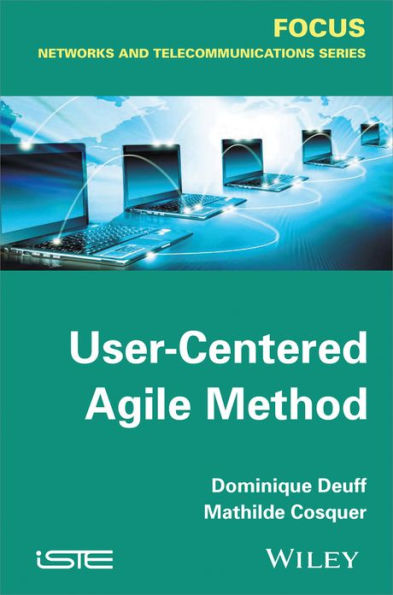5
1
9781848214538



User-Centered Agile Method / Edition 1 available in Hardcover, eBook

User-Centered Agile Method / Edition 1
- ISBN-10:
- 1848214537
- ISBN-13:
- 9781848214538
- Pub. Date:
- 05/20/2013
- Publisher:
- Wiley

User-Centered Agile Method / Edition 1
$177.95
177.95
In Stock

Product Details
| ISBN-13: | 9781848214538 |
|---|---|
| Publisher: | Wiley |
| Publication date: | 05/20/2013 |
| Series: | FOCUS Series |
| Pages: | 128 |
| Product dimensions: | 6.30(w) x 9.30(h) x 0.70(d) |
About the Author
From the B&N Reads Blog
